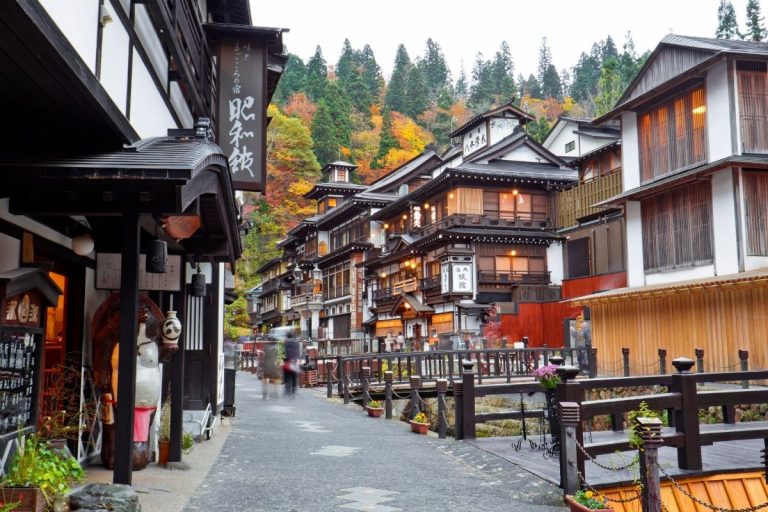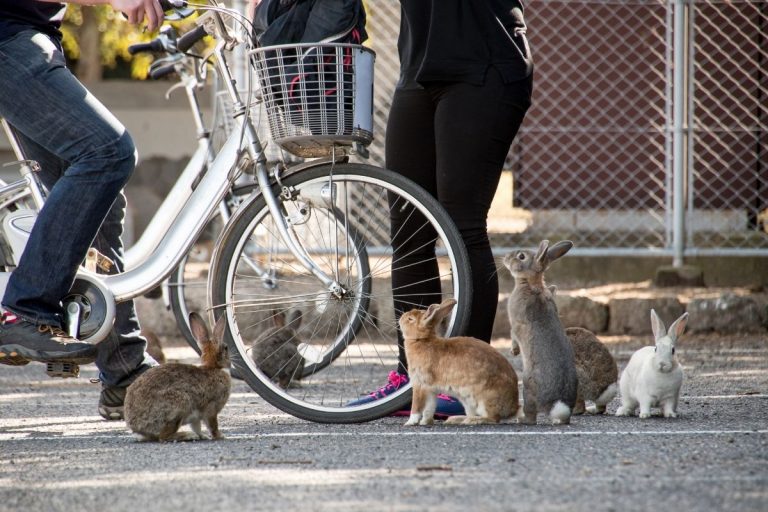He pinku eiga (ピ ン ク 映 画) or eroduction It is a cinematographic genre that has no equivalent in the West. Although it is sometimes classified as pornographic or erotic films, neither of these terms comes close to the genre. Due to the nature of censorship in Japan prohibiting the display of genitalia in films, film directors were forced to develop creative forms of film. So the directors used resources such as lamps, candles, bottles, etc. in strategic positions to block these parts. The success of these films resulted in the creation of a cult around the pinku eiga.
There are those who say that this type of censorship is what characterizes the style of Japanese erotic films. Some others features of the pinku eiga They are: The film must have a minimum of sexual scenes; the movie should be about an hour long; many movies have been shot in 16mm or 35mm formats in one week; Lastly, many of these films were shot on a very low budget. Many of these films were produced independently. There are many genres, such as comedies, romantic dramas, “midnight” movies, and horror movies. The immense popularity of pinku eiga in Japan perhaps it is due to his scandalous scripts.
The production of these types of films began in the 1960s, and constitutes almost a third of the films produced in that period. The first film to be produced on a substantial budget at this time was Hakujitsumu (“Day dream”) by Tetsuji takechi. After producing Kuroi yuki (Black Snow), Takechi was arrested on obscenity charges, but won the trial and brought more attention to the genre. From this time also highlights Kouji Wakamatsu, known as “the godfather of pinku eiga”And perhaps the most emblematic figure of the genre.
During the 1960s, the market had been dominated by low-budget independent companies. In the early 1970s, as audiences gradually lost to the rise of imported American television and movies, many of these studios were in crisis. It is at this time that larger-scale studies such as Toei dabble in the pinku eiga. Around this time, Kanji Amao produced Shigeki Rosen, Ijoseiai Rosen and Harenchi rosen, known the trilogy as Pinky violence. At the same time Nikkatsu, the oldest studio in Japan also decided to produce erotic cinema. Of this one stands out Danchizuma hirusagari no jouji (Apartment Wife, Afternoon Affair), which was a huge success and which inspired 20 sequels.
Starting in the 1980s, the pinku eiga began to lose popularity. This is due to the massive spread of adult videos and the stricter laws of the government. However, even today they are still produced from time to time. Even today his productions adhere to the traditional way of recording, using 35mm film with monaural sound. Surprisingly, the genre of pinku eiga It was a fertile ground of experience for subsequent film award winners, including Kiyoshi Kurosawa (Cure) and Yojiro takita (Departures).



